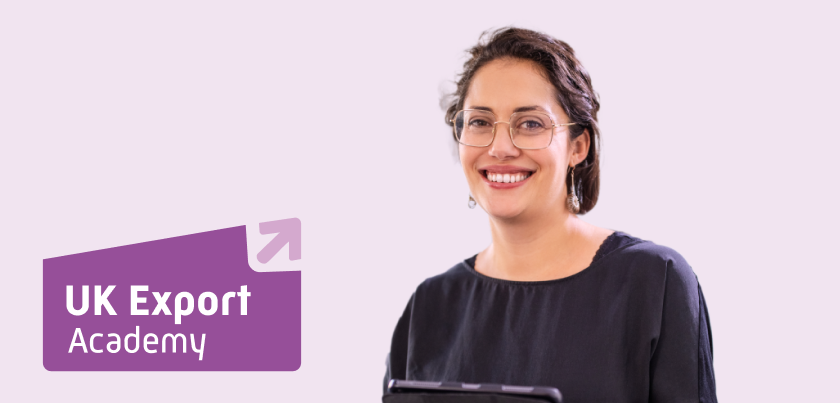Digital marketing:Using social media to promote and sell internationally
What you’ll learn
- the types of social media channels you can use
- the difference between organic growth and paid advertising
- ways to adapt your social media strategy across different markets
Using social media channels
Social media refers to any website or application your customers use to share content, chat, and network.
There are many different types of social media channels you can potentially use to promote your products and brand in a new market. The most common channels include:
- Tik Tok
- Snapchat
Social media can also include your video and media channels, such as YouTube or Vimeo.
Understand your audience
It’s important to understand which channels your customers are likely to use. Just as you would do with your UK strategy, you’ll need to thoroughly research your target market.
Usage of some channels varies by age group. For example, if you’re selling products aimed at the under 25s, you might focus more on Instagram or Tik Tok, rather than Facebook.
There are also channels which might be specific to different regions. For example, in South Korea the majority of the population use a search engine called Naver, which has two social media channels – Naver Chat and Naver Blog.
Consider organic growth or paid advertising
A key question to ask yourself when considering a social media strategy is : do I want to grow brand awareness and sell, or purely sell? This will influence whether you focus on organic growth or paid advertising.
Organic growth
Organic growth is gaining a social media following through recommendations, word of mouth, and engaging content which you’ve not paid to promote. It’s considered a good way to increase brand awareness as the customers you gain this way tend to have more trust in your business.
Organic growth is gaining a social media following through recommendations, word of mouth, and engaging content which you’ve not paid to promote
But it can be challenging to do in new markets. You’ll need to be post new and relevant content regularly, and you’ll likely be competing for attention with many different voices online.
Paid advertising
This means creating ads and content which you pay to promote, so that they’ll appear on the social media feeds of your target audience. It’s a good way to get your products noticed or to make one-off sales, but the costs need to be closely managed. And it’s unlikely to build a loyal brand following.
If your goal is to sell, make sure you always have clear next steps with call to actions - such as ‘buy now’. And where possible, set up your shopping baskets within your social media channels. For example, you can enable your customers to add products to their online shopping baskets directly in Facebook and Instagram. This remove the need to direct people to your website from the social media channel.
Localise your content
No matter which channels or approach you decide to use, you’ll need to localise the content you share to make sure it connects with your audience.
Consider the culture and language of your market. For example, as well as translating the content, think common phrases and expressions used and search terms such as hashtags that people might search on. It’s advisable to work with local experts to help with this.
Local knowledge is also important when considering the tone of your brand and marketing. For example, you may use cultural references in your UK branding which are unfamiliar abroad.
Unless you can communicate well with your customers in their native tongue, it’s difficult to get any mass following on social media. So, make sure you spend the time and effort to localise your strategy and content.
International trade adviser
Social media spending
If you choose to spend on paid advertising or invest in your social media strategy, start small – so you do not use all your budget before knowing if it works for you.
For example, if you’re looking to build a following in the US with 20-30 year old females, you can use geo-fencing to restrict who sees your ads. You may focus on states and cities with university campuses and use it as a testing ground – A/B testing two messages on a small sample size.
There’s lots of tools you can use to test the success of your social media activity – but to truly understand if it’s a good return on investment you’ll need to set clear objectives.
Influencers
Working with social media influences (people who have large followings) is a tried and tested model to increase your brand awareness. But remember, by using them you’ll only get access to their audience. So, you need to make sure it’s right for your products and brand.
It’s also a good idea look at commission deals or revenue share, so the influencers you work with have an incentive to promote your product.
Next in this topic
Explore the topic
Prepare to sell into a new countryAccelerate your learning
Sign up to Great.gov.uk and you'll be able to:
- track your learning progress and read case studies
- join live events from the UK Export Academy
- compare markets using live export data
Already signed up? Sign in


